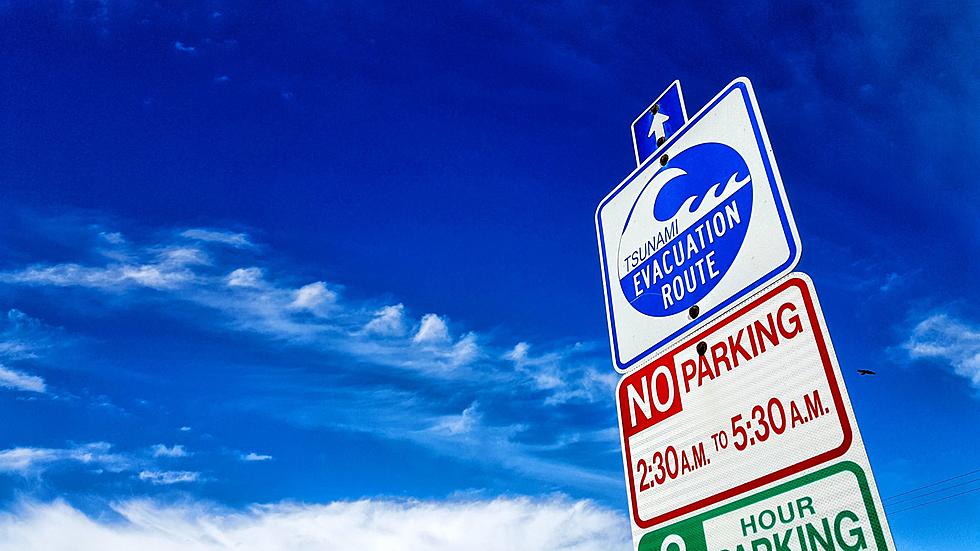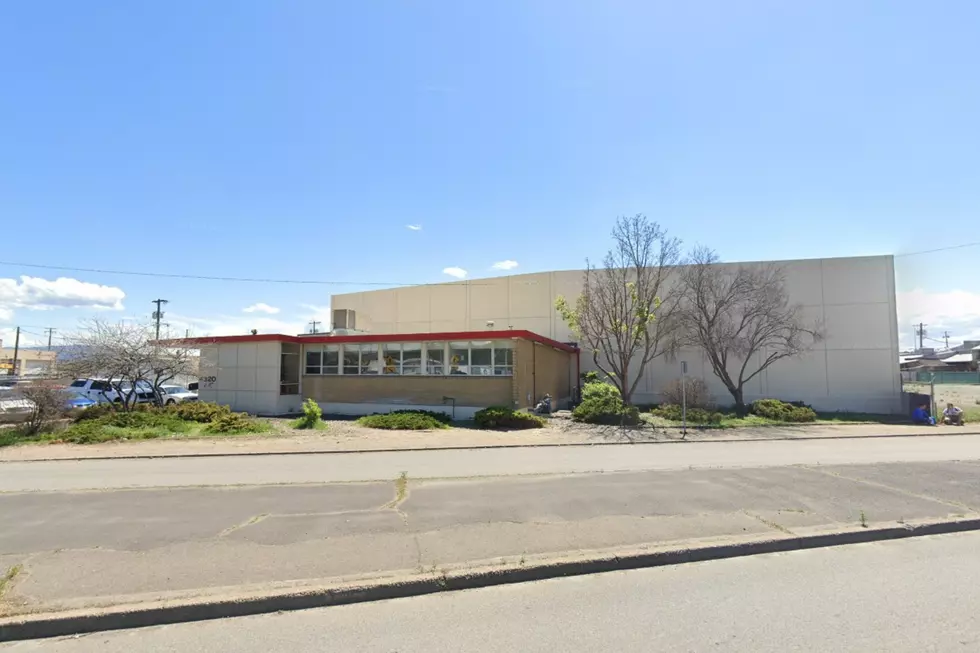
Four Recent Earthquakes in the Cascadia Subduction Zone. Normal?
I looked up the PNSN Events website (Pacific Northwest Seismic Network) to see what recent earthquakes have recently occurred.
Here’s what I found.
* A small 2.7 earthquake, two miles northwest of Fairchild Air Force Base, near Spokane happened at 10:25 a.m. this morning (Tuesday, September 12th)
* There was a very small 0.7 seismic event at 5:09 a.m. early this morning (Tuesday, September 12th), centered two miles from Entiat.
To put in perspective this morning's minor Entiat event, let us compare it with two famous Seattle quakes:
* The famous Seattle “Taylor Quake” created by jumping, screaming, and singing Swifties created a 2.3 quake.
* The “Beast Mode Quake” of 2011, created by 12s cheering on a Marshawn Lynch Seahawks touchdown resulted in a 2.0 magnitude quake.
Geologists explain that every time you increase the magnitude of a quake by one whole number, the power is increased by thirtyfold. As an example, a 1.7 quake is thirty times more powerful than a 0.7 quake.
* During Labor Day Weekend, on Saturday morning, September 2nd there was a 2.1 tremor in Kirkland, WA.
* In the past two weeks - four medium-sized quakes, ranging from 3.0 to 3.4 on the Richter scale, occurred in the Cascadia Subduction Zone. This zone is located just off the coast of Washington & Oregon.
After noticing these tremors, I picked up the phone and called the USGS (United States Geological Survey) media contact number to ask about four medium earthquakes in the Subduction Zone.
Was this normal?
I was informed by a USGC spokesperson that four recent medium-sized quakes in the Cascadia Subduction Zone are common.
What is the Cascade Subduction Zone?
Nick Zentner, from Central Washington University, unpacks this in a video. If you have some time, pour yourself a cup of coffee and hit play. It's really informative.
If you're short on time:
The Cascade Subduction Zone is the Juan de Fuca plate, pushing towards the coast of Washington and Oregon; and meets the North American Plate. This meeting of plates makes the Juan de Fuca plate subduct and plunge downwards underneath the North American Plate.
Professor Zentner compares the compression of the two plates - to a swimming pool diving board.
Think of the Juan de Fuca Plate pushing down on the North American Plate, like a bowing diving board. When the leading edge of the North American Plate - is pushed down, like the loading of a diving board - it finally slips and “unlocks” the North American Plate; recoiling the leading edge to its original position.
The 2011 Japanese quake saw the leading edge of its plate move 150 feet - half of a football field. That movement created a huge amount of energy; felt, in the powerful 9.0 magnitude earthquake and the resulting Tsunami.
The recoil "of the diving board" or the "unlocking" usually takes place over 4 to 5 minutes.
A major Cascadia Event happens (on average) every 500 years when the boundary of the two plates unlocks.
The last time this happened in the Cascadia Subduction Zone was 323 years ago on the night of January 26th, 1700.
When will the next major event happen again?
Geology experts cannot predict.
The energy of the two plates rubbing against each other results in regular medium-sized 3.0 quakes - off the coast of Oregon and Washington. This will continue until the next major Cascadia event happens.
INFO: USGS, Nick Zentner from CWU.


